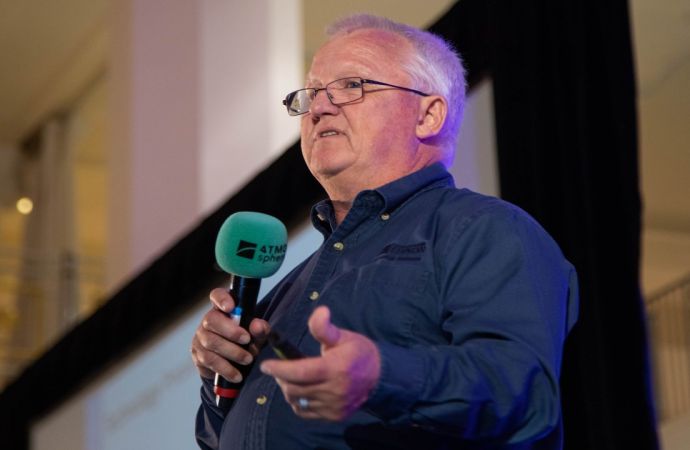Recent policy developments in both the United States (US) and the European Union (EU) could see a growth in combined heat and power (CHP) capacity and the development of district heating and cooling infrastructure to accommodate this increase.

US Executive Order sets goal of 40 GW of new CHP capacity by 2020
At the end of August 2012, US President Barack Obama signed an Executive Order to facilitate investments in industrial energy efficiency that could save manufacturers as much as $100 billion in energy costs over the next decade, strengthen U.S. manufacturing competitiveness and reduce harmful emissions.
The Order for the first time establishes a national goal of 40 gigawatts of new combined heat and power (CHP) capacity by 2020, that is a 50% increase from today. Meeting this goal would save energy users $10 billion per year and reduce emissions equivalent to 25 million cars.
The Order comes as independent studies have pointed to under-investment in industrial energy efficiency and CHP as a result of numerous barriers that the government could help overcome by working with all stakeholders, including States, manufacturers and utilities.
EU Directive requires CHP and district heating assessments
The EU is also introducing measures that could see investment in CHP grow. In mid September 2012, the European Parliament formally approved the Energy Efficiency Directive (European Parliament and the Council had previously reached an informal compromise agreement in June 2012).
The Directive requires Member States to carry out by the end of 2015 a comprehensive assessment of the potential for the application of high-efficiency cogeneration and efficient district heating and cooling. Where these assessments show benefits that exceed the costs, Member States should take “adequate measures for efficient district heating and cooling infrastructure to be developed and/or to accommodate the development of high-efficiency cogeneration and the use of heating and cooling from waste heat and renewable energy sources”.
COGEN Europe - the European Association for the Promotion of Cogeneration - has welcomed the focus on CHP and called on Member States to demonstrate commitment to act, while the European Heat Pump Association says that by focusing primarily on large-scale heating and cooling applications there might be a missed opportunity for small-scale solutions, such as heat pumps.
At the end of August 2012, US President Barack Obama signed an Executive Order to facilitate investments in industrial energy efficiency that could save manufacturers as much as $100 billion in energy costs over the next decade, strengthen U.S. manufacturing competitiveness and reduce harmful emissions.
The Order for the first time establishes a national goal of 40 gigawatts of new combined heat and power (CHP) capacity by 2020, that is a 50% increase from today. Meeting this goal would save energy users $10 billion per year and reduce emissions equivalent to 25 million cars.
The Order comes as independent studies have pointed to under-investment in industrial energy efficiency and CHP as a result of numerous barriers that the government could help overcome by working with all stakeholders, including States, manufacturers and utilities.
EU Directive requires CHP and district heating assessments
The EU is also introducing measures that could see investment in CHP grow. In mid September 2012, the European Parliament formally approved the Energy Efficiency Directive (European Parliament and the Council had previously reached an informal compromise agreement in June 2012).
The Directive requires Member States to carry out by the end of 2015 a comprehensive assessment of the potential for the application of high-efficiency cogeneration and efficient district heating and cooling. Where these assessments show benefits that exceed the costs, Member States should take “adequate measures for efficient district heating and cooling infrastructure to be developed and/or to accommodate the development of high-efficiency cogeneration and the use of heating and cooling from waste heat and renewable energy sources”.
COGEN Europe - the European Association for the Promotion of Cogeneration - has welcomed the focus on CHP and called on Member States to demonstrate commitment to act, while the European Heat Pump Association says that by focusing primarily on large-scale heating and cooling applications there might be a missed opportunity for small-scale solutions, such as heat pumps.
MORE INFORMATION
Related stories









_1522327086.png)

